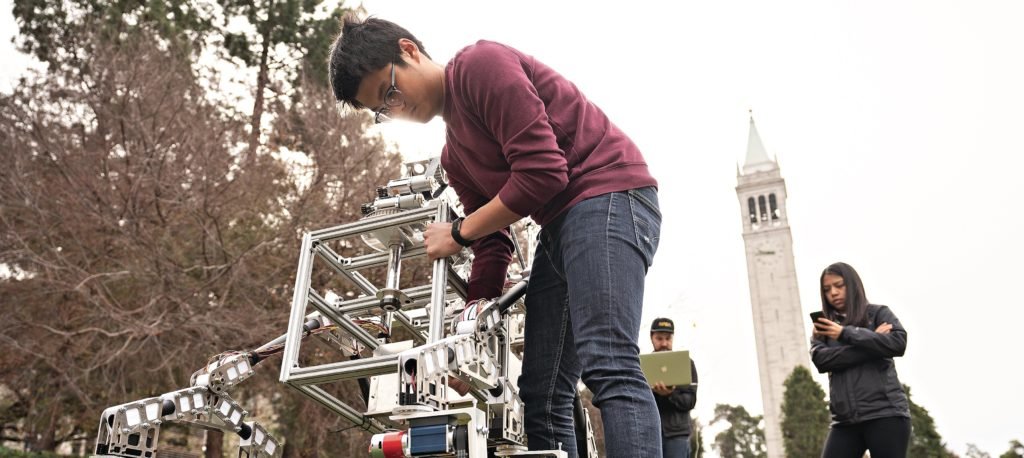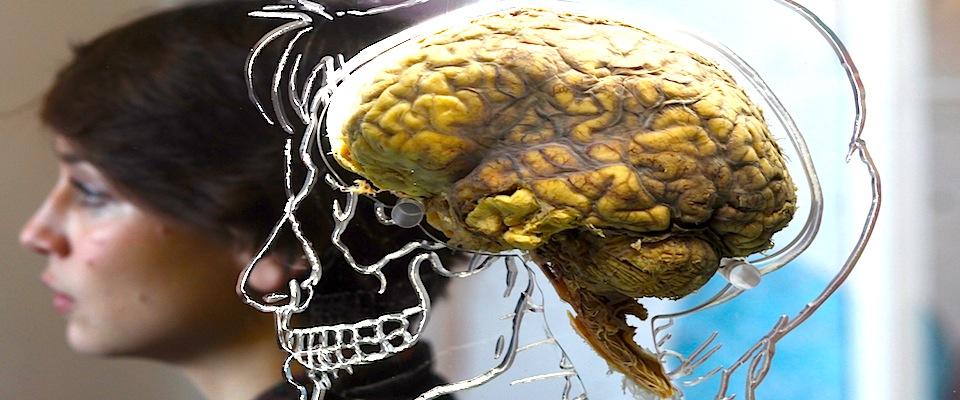Today at 12:30, a research scientist from Google, a man named Tom Dean, was on campus to talk about mapping the human brain. Why a guy from Google? Because that’s an awful lot of data.
Bruno Olshausen of Berkeley’s Helen Wills Neuroscience Institute, said in an email, “I’ve known Tom for about the past five years or so, he works at Google research and has an active interest in computational neuroscience, after a long career in computer science. He has some ideas about how Google’s computing infrastructure can help in the archiving and management and analysis of the massive amounts of data to come out of the federal BRAIN [Brain Research through Advancing Innovative Neurotechnologies] initiative, and so we invited him to talk about this.”
There are many ways of looking at the human brain — seat of reason, home of the soul, great big wet squishy kickball — or as neuroscientists see it today, a bigger mapping challenge than the Milky Way.
To have a map of the galaxy, you’d want to know about not just the 300 billion stars, give or take, but all of the planets and most of their moons. Now you’re talking about 9 or 10 trillion things to map. The human brain only has 100 billion neurons. Easy. Except, each neuron has between 1 and 10 thousand connections, or synapses. A map of the brain is going to have to include something close to 1 quadrillion synapses. We’re not even counting any of the finer chemical processes here. And, of course, if you want to know the really interesting stuff, you’re going to have to record those synapses firing and see what kinds of connections are being made and when.
It’s going to be a lot of data. You’re not going to be looking at that in an Excel spreadsheet. And of course there is the minor problem of designing the equipment needed to monitor every connection in a living human brain and the possibly larger problem of finding someone willing to be hooked up to that equipment.
Campus scientists are gearing up to be part of the BRAIN initiative announced earlier this month, which is being likened to mapping the human genome.
Tom Dean’s talk, hosted by the Wills Neuroscience Institute, was entitled, “Scaleable Neuroscience and the Brain Activity Mapping Project,” and you can see Dean’s slides and notes online.
—Brendan Buhler




















